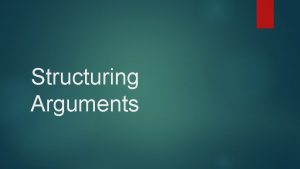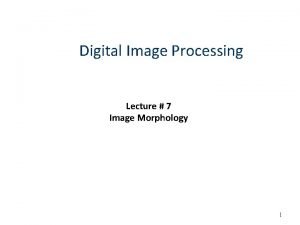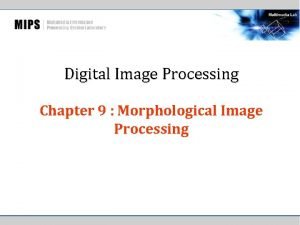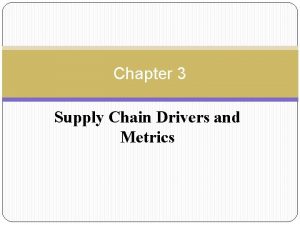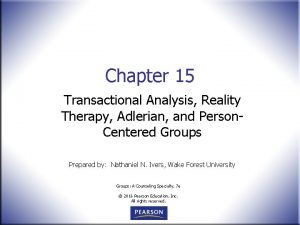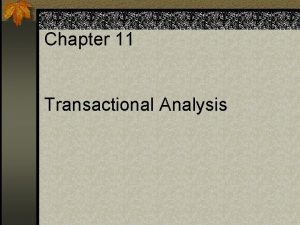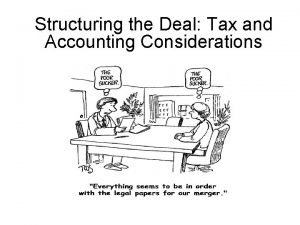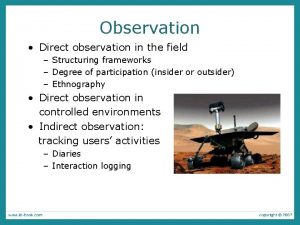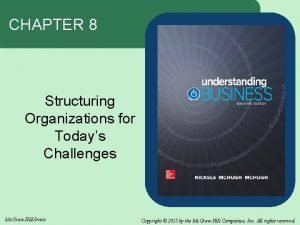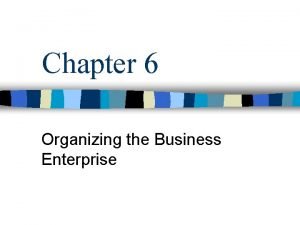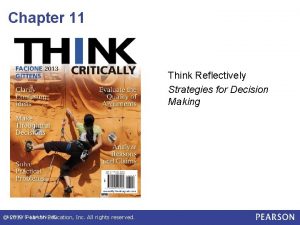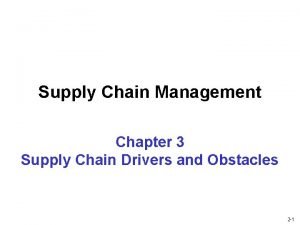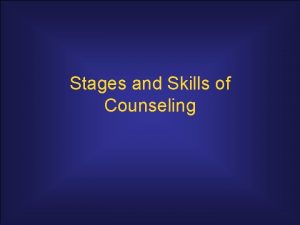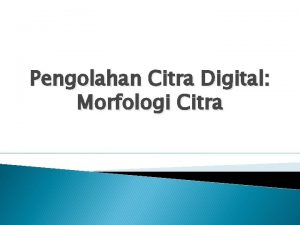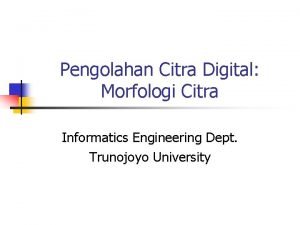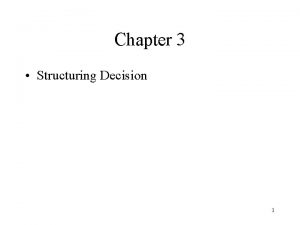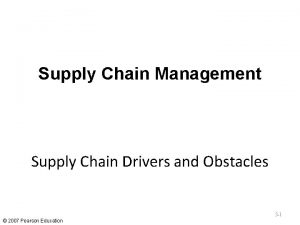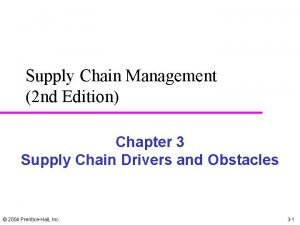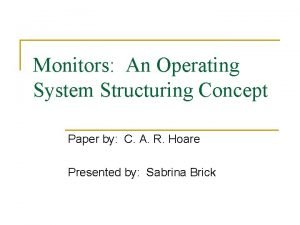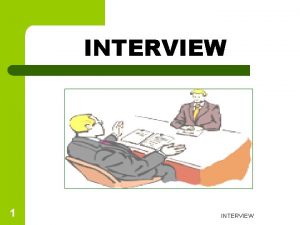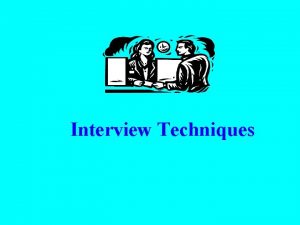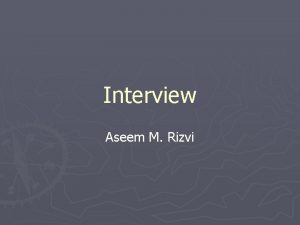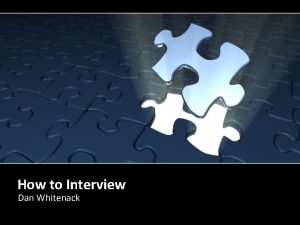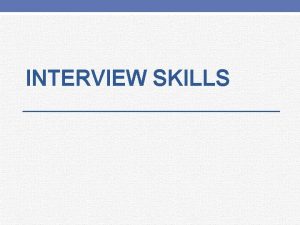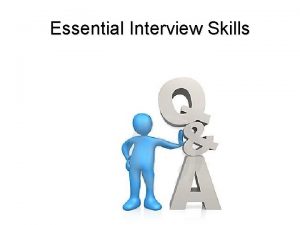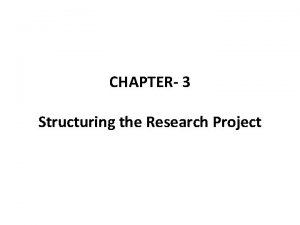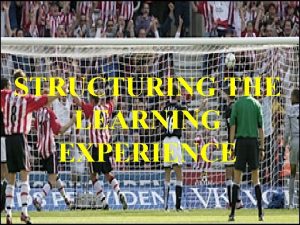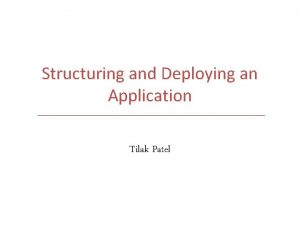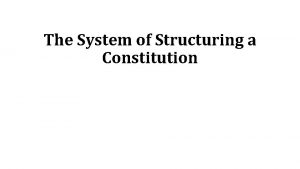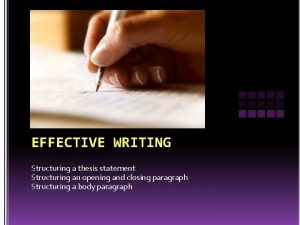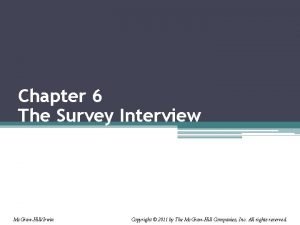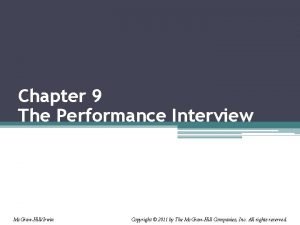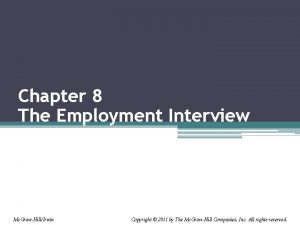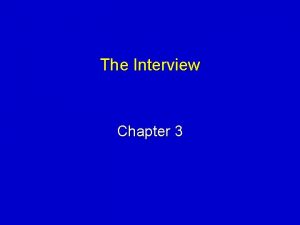Chapter 4 Structuring the Interview Mc GrawHillIrwin Copyright
























- Slides: 24

Chapter 4 Structuring the Interview Mc. Graw-Hill/Irwin Copyright © 2011 by The Mc. Graw-Hill Companies, Inc. All rights reserved.

2 Chapter Summary • • The Body of the Interview Opening the Interview Closing the Interview Summary

3 The Body of the Interview • Interview Guide ▫ An interview guide is a carefully structured outline of topics and subtopics to be covered during an interview. ▫ A guide ensures the consideration of all important topics and subtopics. ▫ It assists in recording answers and recall at a later date.

4 The Body of the Interview • Interview Guide ▫ Outline Sequences Topical Time Space Cause-to-effect Problem-solution

5 The Body of the Interview • Interview Schedules ▫ A nonscheduled interview is merely an interview guide with no questions prepared in advance. ▫ Unintentional interviewer bias is most likely to occur in a nonscheduled interview.

6 The Body of the Interview • Interview Schedules ▫ A moderately scheduled interview contains all major questions with possible probing questions under each. ▫ A moderately scheduled interview lessens the dangers of instant question creation.

7 The Body of the Interview • Interview Schedules ▫ A highly scheduled interview includes all questions and the exact wording to be used with each interviewee. ▫ Highly scheduled interviews sacrifice flexibility and adaptability for control.

8 The Body of the Interview • Interview Schedules ▫ A highly scheduled standardized interview is the most thoroughly planned and structured. ▫ All question and answer options are stated in identical words to each interviewee. ▫ Highly scheduled standardized interviews are necessary for precision, replicability, and reliability.

9 The Body of the Interview • Interview Schedules ▫ Consider a strategic combination of schedule types. ▫ Combined schedules enable interviewers to satisfy multiple needs.

10 The Body of the Interview

11 The Body of the Interview • Question Sequences ▫ Tunnel Sequence: A series of similar questions, either open or closed. It works well with informal and simple interviews.

12 The Body of the Interview • Question Sequences Funnel Sequence: Begins with a broad, open-ended question and proceeds with evermore restricted questions. It works well with motivated interviewees.

13 The Body of the Interview • Question Sequences ▫ Inverted Funnel Sequence: Begins with a closed question and proceeds toward open questions. It provides a warm-up time for those reluctant to talk.

14 The Body of the Interview • Question Sequences ▫ Combination Sequences: begins with open questions, proceeds to one or more closed questions, and ends with open questions

15 The Body of the Interview • Question Sequences ▫ The Diamond Sequence: enables interviewers to begin with closed questions, proceed to open questions, and end with closed questions

16 The Body of the Interview • Question Sequences • Quintamensional Design Sequence: Five-step approach that proceeds from an interviewee’s awareness of the issue to attitudes uninfluenced by the interviewer, specific attitudes, reasons for these attitudes, and intensity of attitude. It is effective at assessing attitudes and beliefs and is often used in opinion polls.

17 Opening the Interview • It takes two parties to launch an interview successfully. • Two-Step Process ▫ Establish rapport ▫ Orient the other party • Rapport and orientation are often intermixed and reduce relational uncertainty. • Verbal opening techniques • Nonverbal opening techniques

18 Closing the Interview • Take your time and be tactful in what you say and do in the closing. • The closing often signals the continuation of a relationship.

19 Closing the Interview • Guidelines for Closings ▫ Be sincere and honest. ▫ Do not rush the closing. ▫ Do not introduce new topics or ideas during the closing. ▫ Leave the door open for future contacts. ▫ Avoid false closings when the interview is not really over. ▫ Avoid failed departures when you soon meet up again with the party after having concluded the interview.

20 Closing the Interview • Closing Techniques ▫ ▫ ▫ Offer to answer questions. Use clearinghouse questions. Declare completion of the intended purpose. Make personal inquiries. Make professional inquiries. Signal that time is up. Continued. . .

21 Closing the Interview • Closing Techniques ▫ ▫ Explain the reason for the closing Express appreciation or satisfaction Arrange for the next meeting Summarize the interview

22 Closing the Interview • Nonverbal Closing Actions ▫ Plan the closing just as you do the opening and body of the interview. ▫ Combine effective verbal and nonverbal techniques into effective closings.

23 Closing the Interview • Nonverbal Closing Actions ▫ Understand what words and actions are saying to the other party ▫ Decide which closing techniques are most suitable

24 Summary • All three parts of each interview—opening, body, and closing—are vital to its success. • The opening influences how both parties perceive themselves and one another. • The body must be carefully structured with an appropriate sequence that guides the questions. • The closing not only brings the interview to an end, but it may summarize information.
 Structuring system requirements
Structuring system requirements Structuring arguments
Structuring arguments Structuring element
Structuring element The thickening of a set by a structuring element b
The thickening of a set by a structuring element b Time structuring in transactional analysis
Time structuring in transactional analysis Supply chain drivers and metrics
Supply chain drivers and metrics Time structuring in transactional analysis
Time structuring in transactional analysis Berne transaction analysis strength
Berne transaction analysis strength Reverse triangular merger
Reverse triangular merger Direct observation
Direct observation Global tax structuring
Global tax structuring Structuring organizations for today's challenges
Structuring organizations for today's challenges Organizing the business enterprise
Organizing the business enterprise Mixed departmentalization
Mixed departmentalization Dominance structuring examples
Dominance structuring examples Framework for structuring drivers
Framework for structuring drivers Islamic structuring
Islamic structuring Hackney and cormier
Hackney and cormier Structuring element dapat berukuran
Structuring element dapat berukuran Structuring element dapat berukuran
Structuring element dapat berukuran Morfologi citra adalah
Morfologi citra adalah Structuring
Structuring Framework for structuring drivers
Framework for structuring drivers Framework for structuring drivers
Framework for structuring drivers Monitors in os
Monitors in os

